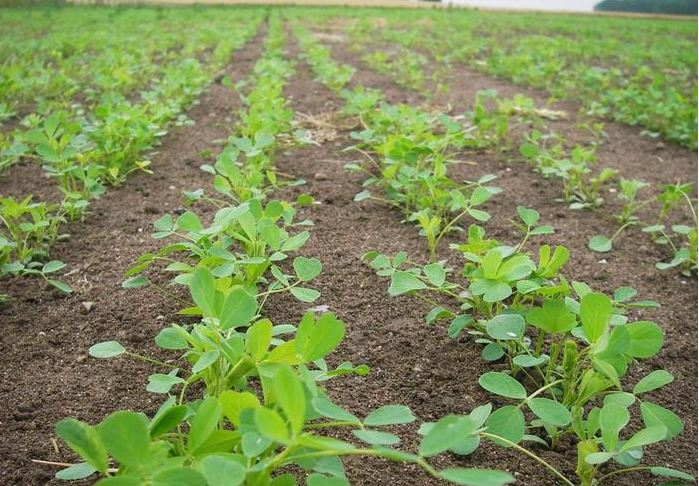



Simple Steps A Must For Growing Lucerne
Growing Lucerne need not be a headache if some simple growing rules are applied, a leading UK academic has said.With a simple fertilizer plan, Lucerne can be hugely successful and help costs during a time of increasing imports, according to Harper Adams University agronomist, Louisa Dines.
She believes that if basic agronomic guidelines are followed, then there should be minimal complexities.

She said: “Lucerne is a valuable source of forage which naturally fixes nitrogen and is tolerant to drought, heat and some salinity, and offers a source of protein in regions where cropping choice is limited by one of these factors.
“It thrives on free-draining soils and can be grown as a monoculture or in mixtures with suitably slow-growing grass species which won’t out-compete the lucerne seedlings.
“Lucerne is most commonly drilled in the spring, with DairyCo research work at Harper Adams and number of other sites suggesting that late summer is generally less successful.
“Although it requires no nitrogen once established, it can be beneficial to apply it during sowing. In addition, phosphate and potash requirements are higher than for grass and must be met to maintain yields.”
Louisa believes that due to a limited range of available pesticides, good establishment is the key to controlling weeds and unlike grass, lucerne crops cannot be renovated by over-seeding in subsequent years to improve plant populations.
She added: “In drier areas of the world, lucerne can be harvested as hay and is successfully rotationally grazed in countries such as New Zealand. In wetter conditions, grazing is likely to damage the crowns and reduce persistence.
“So the predominant use of the crop in the UK and Ireland is for silage. In the year of establishment, a light cut may be taken in mid-August but in subsequent years the crop will provide four to five cuts per year.
“It should be cut at around the bud or first flower stage as this provides the ideal balance between yield and protein levels. Two or three further cuts can then be taken at six week intervals before it is left to grow into the autumn and replenish resources to the deep tap root.

In summary, a well-established lucerne crop can offer four to eight years persistency of a forage that is highly digestible and rich in minerals.
“Protein levels can reach 18-22 per cent with yields of up to 12t/ha of dry matter per year with a reduced reliance on purchased fertiliser.
“There is no reason why UK farmers should dismiss this crop, as it will only continue to prove more valuable as the cost of imported protein rises.”


